My Journey to Beginner Audiophile
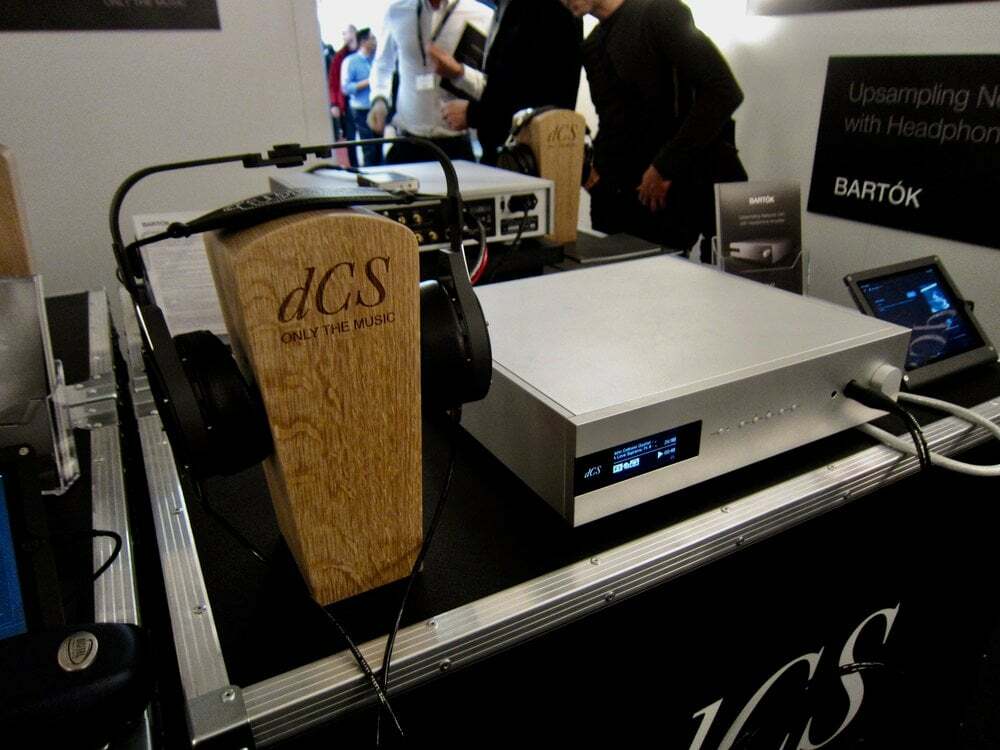
I’ve somehow entered the shadow realm of audiophiles. It’s been a fun journey. Kind of in line with my tutorials >, this post will have two purposes:
Cataloging what I’ve learned so far
Making that available to others
Stepping in
Another reason was that I’m preparing to make EDM music myself.
I think the pandemic was the proximate cause. At the beginning of 2020 I heard someone say that people were going to be spending a lot more time at home for the next couple of years, and that they were likely to invest in audio and video upgrades for the house.
Made sense to me, so I started with a pair of Formation Duo speakers by Bowers & Wilkins >, which are phenomenal. I also got the Formation Bar > and Formation Bass > for my TV setup.
I love the convenience of bluetooth, powered speakers.
That’s when I realized I can’t even listen to these things at 25% without bothering my apartment neighbors, so I started researching equipment for a larger space. But of course I couldn’t get into the gear before I learned what made gear good or bad.
So I had to start with the basics of Hi-Fi, Head-Fi (headphones), etc. But even before that, I did a deep dive on the science of audio itself.
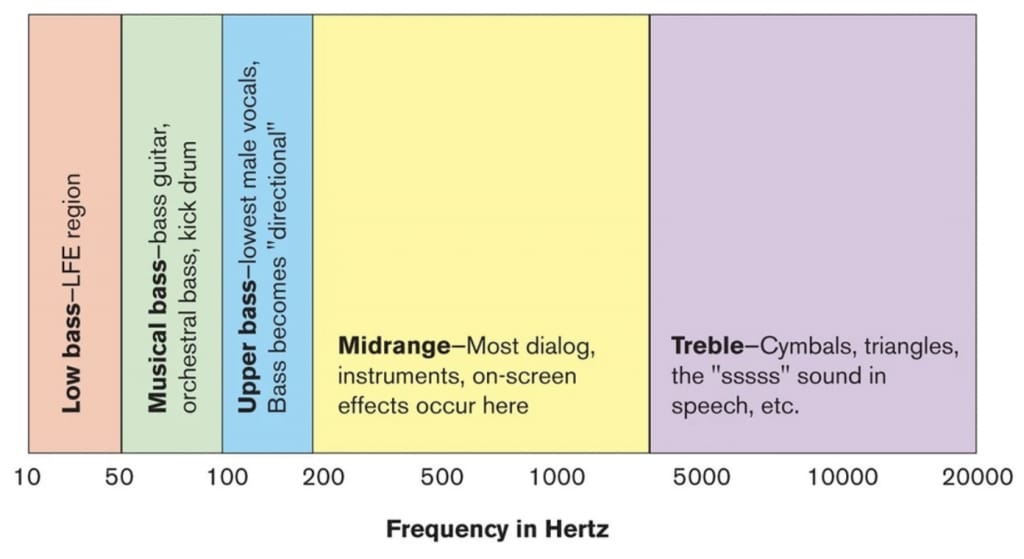
Audio frequency ranges
I guess I’ve always been somewhat interested in audio, but only from a distance. And it’s hard for me to remember what I thought of audiophiles, but I’m pretty sure it was slightly negative. A big part of it was thinking it was all fake, kind of like wine snobs who probably couldn’t tell the difference between wines in a double-blind test.
I think that’s how I saw audiophiles too.
And here’s the surprise: there is a lot of that in the industry I think. Or at least for consumers. There are a lot of people who think they know a lot, or that they can hear subtle differences between X and Y when they really can’t.
Just commit to getting lost on YouTube for 6 months and you’ll learn a lot.
I think me getting into the hobby in 2020 gave me a massive advantage in that I have YouTube. The audiophiles who are popular on YouTube get scrutinized by millions of people, and their ability to explain things has to be extraordinary or they won’t survive.
Does that mean that all the most popular audiophiles on YouTube are the best and fully authoritative? No. Of course not. But the ones I like I’d wager are pretty decent. They include:
Steve Guttenberg
Joshua Valour
John Darko
Thomas & Stereo
A key thing these guys have is a decent amount of humility and a genuine passion for the hobby. And they seem to also like music beyond just being an audiophile. Anyway, here are some of the things I’ve learned, and some of my thoughts on the journey, in no particular order:
General observations
The biggest thing I’ve learned, which is just an advantage of being older, is that you have to separate the audiophile part from the music part. When you listen, are you listening to your system’s chain, or are you listening to the music?
Think about that. Why is some of my favorite listening these days coming from lo-fi playlists? These things are often lower quality or have vinyl-like hissing inserted to make it feel even worse. Why? Because it adds to a feeling of authenticity that in turn increases the enjoyment of the music.
The fact that vinyl is lower "quality" than CD’s is not disputed, but there are massive communities of audiophiles who still prefer vinyl. Why? Not because it’s better quality than CD, but because of the experience that goes with it. It’s tactile. You have to get up and sit back down. You have to touch the turntable. You have to put the record on and take it off. These are some of the reasons vinyl enthusiasts will never go for the higher-quality formats. Even if they’re somehow better on paper, they don’t provide as much connection to the music for them, and therefore they don’t provide as much enjoyment.
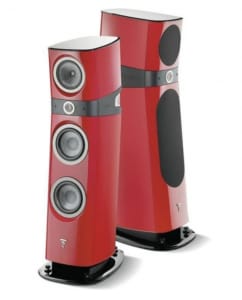
The Sopra No.2 Speaker line from Focal
I think this highlights something interested about being an audiophile, or really any hobby. Basically, the practice of the hobby itself seems to inevitably mix with the actual hobby. Getting into coffee becomes about the gear and the ritual, and the conversations with others who love it. Cooking can become a community, and yes—there’s gear there too. And with something like vinyl, or audiophilia in general, the enjoyment of music can be magnified by paying close attention to every aspect of it.
This takes us interestingly close to something like meditation, or organizing beads into patterns, where it’s the attention and focus that gives us the peace.
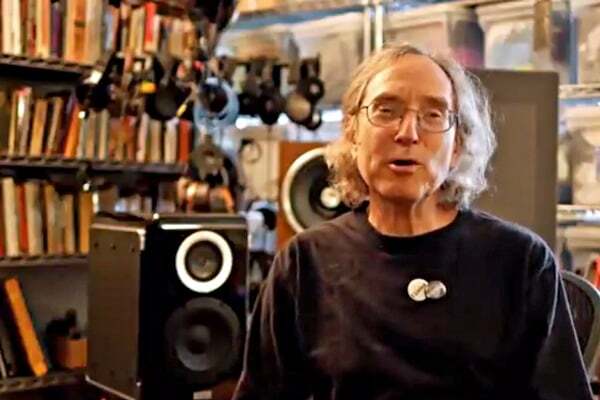
Steve Guttenberg doing his thing
It’s definitely possible to do this wrong, as I’ve seen a bit and heard from many audiophiles. Meaning, it’s possible to become a kind of audiophile who can’t enjoy music anymore. Or a cook who doesn’t like cooking anymore. Because of the gear, or the social media aspect, or whatever extra activities you bolted onto the pure experience
Two of the main things audiophiles look for in sound systems are transparency, and musicality. Transparency is getting the music as authentically as possible, and musicality is making the reproduction lively and enjoyable. These tend to be in conflict with one another, with some people liking more interpretive systems that add something of their own sound to music, making it better in their eyes. To others this is blasphemous and they want the most authentic reproduction as possible
Technical tidbits
Humans can hear between 20hz and 20khz
Most high-end hi-fi gear is 2-channel only (not surround)
Quality hi-fi setups allow you to present a clear center image between the two speakers, so it sounds like voices are hovering in space in front of and above the two speakers (generally)
Sensitive speakers allow you to get bass with smaller speaker sizes, but large-sized speakers are still needed to get the most and best bass possible
Decibels is how you measure sound, and it’s a logarithmic scale
A decibel is a type of measure of the amount of energy in an area of space
Every three decibels is a doubling of the amount of energy, and every 10 decibels is a doubling loudness experienced by humans
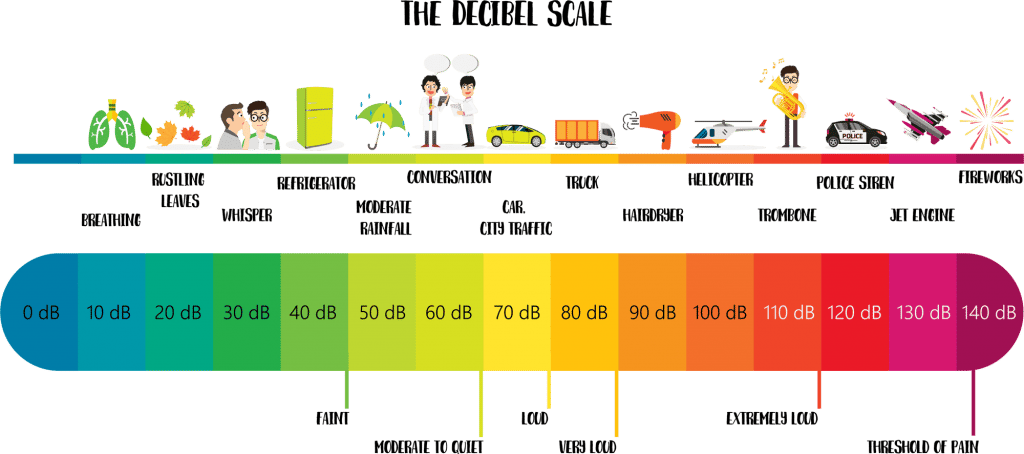
The decibel scale
Decibel levels:
Limit of Human Hearing: 0dB
Normal Breathing: 10dB
Whisper: 30dB
Conversation: 60dB
Garbage Disposal: 80db
Train/Garbage Truck: 100dB
Jackhammer: 110dB
Loud Concert: 140dB
Shotgun/Jet Takeoff: 130dB
Sound Weapons: 140dB-180dB
Humans have the most sensitive hearing around 1,000Hz to 5,000Hz, which is where most human speech is at
As humans age, they lose the ability to hear higher pitches
Gear basics
Your gear really does matter when listening to music. A lot. The difference between high-end and low-end stuff is pretty major. But. But. That line starts leveling off fairly quickly for some major improvements. There are now $300 dollar speakers that sound better than $1000 speakers from just 10 years ago. Same with headphones. The tech has greatly improved recently.
Great headphones start at around $300, and the top-end (not counting the one-off astronomical ones) are $4,000 – $6,000. My pair of Abyss 1266’s > were $5,000, and they compare quite favorably to the most expensive headphone in the world (the Sennheiser HE1 >), which costs $55,000.
The difference between good and bad headphones comes down to a few major things, which I won’t try to accurately capture here. But they’re basically frequency response, the size of the soundstage, and how well you can hear different sounds in the music. A great headphone has great bass, midrange, and treble, sounds wide open like you’re listening to something live, and allows you to hear the virtual location of individual instruments and voices.
That being said, both with headphones and speakers, preferences matter a lot. There are really expensive and really good headphones that sound completely different from each other. One of the biggest distinctions is clinical vs. enhanced. Some audiophiles like a super clean and clinical sound, with no modifications to make the music sound exciting, and others like to hear things enhanced (usually at the bottom and top).
The other thing that completely surprised me is how important amps (and pre-amps) are. If an audiophile told me `0 years ago that amps really matter for sound, I would have told them they were delusional. It’s just repeating electrical signals right? Well, kind of. They are doing that, but it’s hard to repeat something perfectly, and electronics impart their own sound signatures.
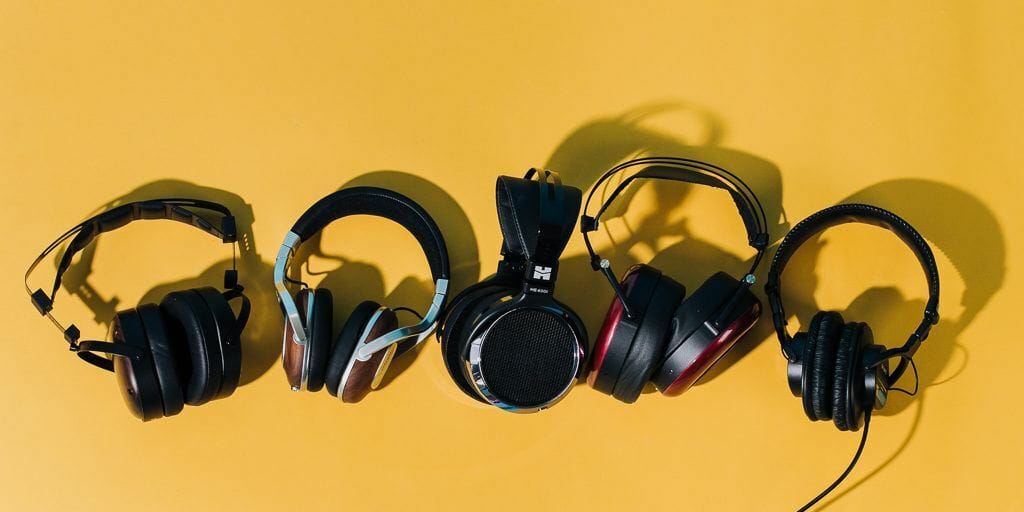
audiophile headphones
So this is why audophiles talk about chains. You have to understand the source, the pre(amp), the amp, and then of course speaker or headphones that you’re listening on. And if you’re talking speakers the room really matters too.
Then you have the whole audio quality debate, and which streaming service is better or worse. There are some who say once you get past a certain audio quality humans can’t tell a difference, so all the high-quality audio stuff is crap. Those people are sometimes right and sometimes wrong, depending on the situation.
I was extremely skeptical that high-end audio made any difference, but after sending audio using one service and then using Roon at high bitrate, it was like night and day. So much so that my noob audiophile self could tell immediately, and so could my partner. Like, instantly.
But here’s the problem: remember what I was talking about with audio chains? Well, that chain wasn’t the same. The audio file might have been different, but so was the streaming technology. And was it the same exact recording? The same studio? Maybe. Maybe not. You can really get confused when you think you’re comparing one thing to another and you actually have multiple changing variables at play.
Our brains constantly trick us, and this is especially true with audio.
This is a huge issue in the audiophile world. And so is psychology. We know now from hundreds of studies that people are really bad judges of things, especially when it comes to subjective experience. It’s hard to do A/B testing and not have bias get introduced. As your ears get tired, as you get more annoyed. As equipment breaks in. Or if there are very slight loudness differences in the samples, you can come away with a way worse or better impression of a sample vs. another, and the signal can be all noise.
Bass is more important to a high-end system than most people think, and adding solid low-end capability on your main two speakers, or adding quality sub-woofers, is considered a way to make a system sound like it costs 2-3 times as much as was paid for it
The importance of each part of your chain depends on the rest of your chain.
DACs are one of the most important pieces of the audio chain. DAC stands for Digital to Analog converter, so it’s the way you take the digital 1’s and 0’s and turn that into electricity. As it turns out, this is really complex, and the difference between your phone doing it vs. a dedicated unit, is quite vast.
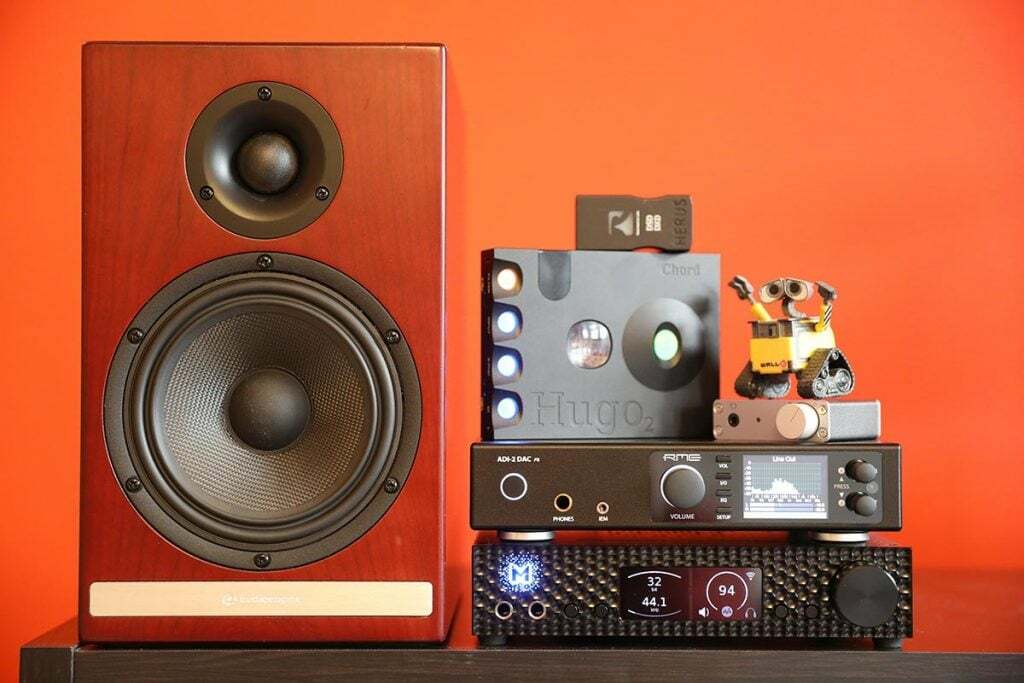
There are tons of DACs to choose from
Amps have sonic qualities, and one of the most popular types is that produced by tube amps, meaning tubes vs. transistors, which are called solid-state
Solid-state amps are considered to have a more dead, or clinical, sound compared to tube amps. So while they can be super clean and revealing, they are said to not be as emotionally engaging
Tube amps are more finicky and require more upkeep, but to some that tradeoff is considered completely worth it
It’s a huge compliment for a solid-state amp to have a "tube-like sound"
The difference between monitors (speakers or headphones) and loudspeakers is that monitors are designed to be flat, meaning they’re not emphasizing any part of the spectrum in order to make them sound better. Loudspeakers more often have their own character that enhances the sound in some way
As a general rule, you want to upgrade your chain at the same time. Don’t spend 5K on cables if you only have 1K in your speakers.
There are three main types of headphones: Dynamic driver, which are like regular speakers. Planar-Magnetic which move a large flat magnet using electric signal. And Electro-static, which move the driver using static electricity.
Dynamic drivers are considered the low-end, cheaper and easiest to get bass from. Planar-Magnetic are a middle ground between cost and sound, with amazing high-end and great bass, and electro-statics are considered the best of the best with a lot of caveats. They have brilliant clarity but are very hard to drive.
The other big difference in headphones is open vs. closed-back. Open-back headphones are basically speakers on both sides of the ear-cups and they produce a more open, speaker-like sound. Closed-back are what most consumer headphones are, and they’re a more insulated, intimate sound. One advantage for the closed-back is that they cover sound much better. Wearing open-back headphones with someone else in the room is usually disruptive to the other person.
Audio quality
There are intense religious battles fought over sound quality in the audiophile world
Analog means coming from a source in a natural way, without technology. So, think of someone singing in front of you in an abandoned forest. There is just their vocal cords vibrating, shaking the air, which then vibrates your ears and get turned into electricity (also analog) in your brain.
Digital is the conversion of analog data into a sequence of 0’s and 1’s., which is great for storage and accurate playback
The problem with digital is that it can often lack some of the authenticity and flaws that come with real life, so many audiophiles still worship analog
There are two main metrics for sound quality in most music, bitrate and sampling rate
Bitrate has to do with how many degrees of loudness exist within a recording, so, loudness levels. This is also called Dynamic Range
I initially thought bitrate was like megapixels in a picture, but it’s not. It’s dynamic range between quiet and loud.
Sampling rate has to do with how often a sample of the analog audio was taken
There is strong math (see Nyquist >) that says you shouldn’t have to sample more than twice the frequency to get the full quality of the analog sound
So if you have a frequency at 20,000Hz, then you should be able to get 100% of the quality of that sound if you sample at 44,000Khz. The idea being that if you have two snapshots of a wave between crest to crest, or trough to trough, then you can perfectly reconstruct the rest of the wave using upsampling
That is generally believed, but some audiophiles still believe that higher sampling rates offer better sound
Then there is the issue of compression. Formats like MP3 and AAC are compressed, meaning some data is removed from the original
Audiophiles generally prefer to have raw files, or natural files, or lossless files. The most popular format for those are .flac files.

Audiophiles discussing audio quality
Many audiophiles I follow consider CD quality to be near perfect, with no additional benefit coming from higher qualities. CD-quality is 16-bit and 44.1 sampling rate.
A commonly-accepted super-high-quality level is 24/96, which is 24-bit Dynamic Range and 96,000 samples per second of the analog signal. These numbers can go as high as 32/196 and beyond.
Those numbers are for PCM, which is one type of audio encoding. Another is called DSD, which is even higher quality but makes very large file sizes and isn’t very well supported for that reason.
The thing about audio quality is that there actually many factors that can drastically affect the final product.
I have some DSD and it sounds wonderful.
When you hear a track that sounds remarkably good, it’s likely because its production did well in all of those areas. Some of the factors include the quality of the original performance, the quality of the recording environment and gear, the quality of the capture of those two things (tape, digital, equipment, fidelity, etc.), and then whether that original stored version has been further translated or compressed as you’re now listening to it.
There’s a huge difference between a top-5 recording studio recording a performance, storing it in the highest quality possible, and then releasing a perfectly balanced (and loud-sounding) master version in FLAC, vs. amateurs recording in a garage with too few mics, bad gear, saving it in a poor format, and then the track sounding like crap compared to modern clean and loud tracks.
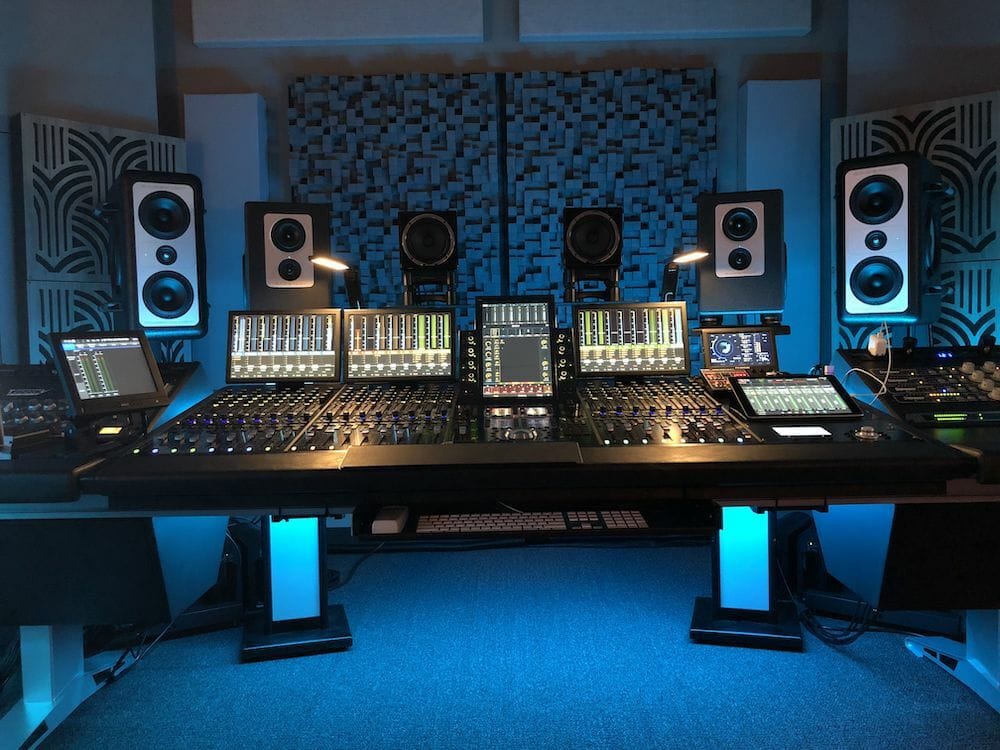
A pretty slick studio setup
This is why you can be listening at some decently loud volume for modern music, and then put on something you love from the 80’s and have it drop to what seems like half the volume. There are a lot of factors that go into that low volume, from the performance, to the equipment that was used to capture it, to tracking, to mixing, to mastering.
Then you have the playback chain. It’s also possible to have lower-quality music sound much better on a high-end system
I like knowing that if I click an MQA track the quality is guaranteed to be high, however they got there.
MQA is a major religious topic among audiophiles, and I think I’m in the pro camp. But not for the common reasons.
From what I’ve read, I think MQA looks to enhance man of these all at the same time, ultimately resulting in a better sounding artifact. Is it dramatically better in any one area? Probably not, but if you combine all these techniques going all the way back from the original recordings (and try to remove the negative aspects of the original production chain) you might end up with something that sounds really good.
I’m personally 70% in the camp of MQA is better, but due to the opacity of the process I still remain somewhat agnostic.
Put it this way, I’ve heard lots of modern stuff at 16/44 that sounds just as good as MQA, but I’ve never heard a bad MQA track. That tells me the designation has value.
Basic setups
The biggest step-up you can take if you’re coming from regular consumer gear is a quality set of headphones, a DAC, and a headphone amp. As a beginner, it’s best to get those as an integrated/combined unit, but they’re also available as separate pieces.
If you just bought a $200 DAC you’d see a massive improvement over consumer gear.
It’s considered essential at the high-end of hi-fi to have all your components broken out. Separate pre-amp, separate amp, separate headphone amp, separate DAC, etc. That being said, there are many integrated options that are excellent and will blow you away if you’re coming from regular consumer audio. Unless you’re super rich you should start with integrated units.
Learning how to listen is a key skill for this hobby.
If you have a music collection you’ve been managing over the years, with lots of CDs, or ripped CDs, and lots of versions of songs in various versions, etc.—you need to check out Roon >. It’s basically the best music management system out there, and it keeps all your music meticulously organized. It’s also a playback system that can send music all over your house or apartment at very high quality. More >
Dream gear
Super high-end audiophile systems start at around $100,000 and quickly move up towards $500,000 and $750,000.
These systems are all separated components, so the pre and main amps are separate, and in fact each speaker usually has its own amp (called a monoblock) at this level
The basic components are: DAC, Streamer, Transport, Phonograph, Clock, Upstreamer, Preamp, AMP, Main Left and Right Speakers, and Subwoofers.
At the top end, such as the dCS Vivaldi Stack >, the streamer, DAC, transport, upsampler, and clock can cost you around $100,000 by itself. That’s before preamp, amp, speakers, and subs.
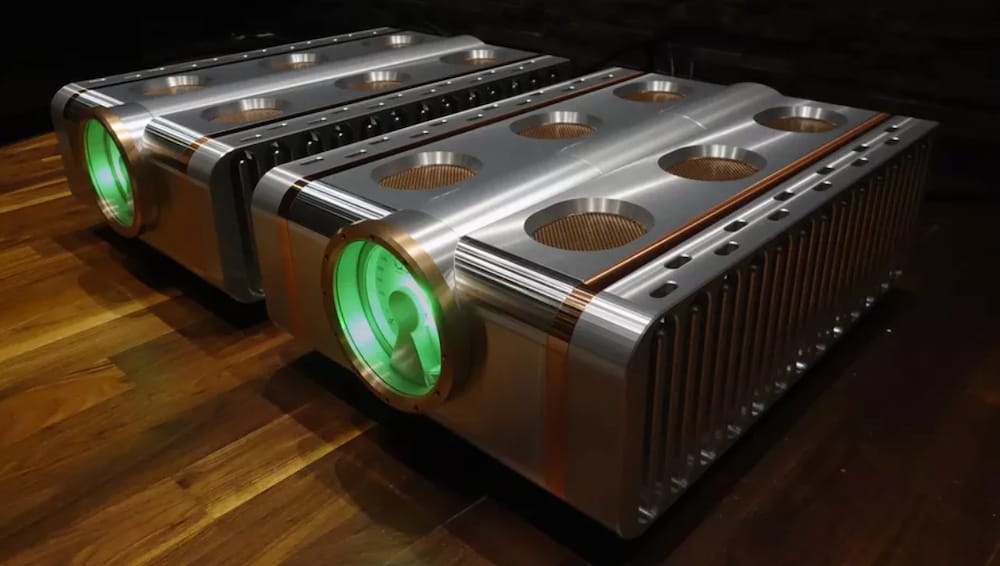
Dan D’Agostino Monoblock Amps, which are $275,000 a piece
Dan D’Agostino makes monoblock amps (1 per left and right speaker) that are $275,000 a piece. And you generally want to spend as much or more on your speakers that you spent on your amp, so they’re typically paired with Wilson Audio or Focal speakers that cost $250,000 a piece as well.
So a setup with the top Focal speakers, a pair of Dan D’Agostino monoblocks, and a full Vivaldi stack, would have you over $1,300,000 pretty easily. And that’s if you didn’t go with a couple stacks of subwoofers >.
All combined it’s pretty easy to spend $2,000,000 just using known high-end gear, and that’s not even talking about custom/niche stuff.
My setup
This is what I’m trying to build out over the next few years.
I already have the Bartók DAC/Amp and the Abyss headphones.
dCS Bartok DAC with headphone amp ($14,000)
Abyss AB 1266 Headphones ($5,000)
Dan D’Agostino Relentless Integrated Amp ($18,000)
2 x Focal Sopra No. 2 Speakers ($20,000)
2 x REL S/812 Subs ($6,000)
Sopra Center Speaker ($5,000)
Roon Server on an M1 Mac Mini ($1,500)
And then for professional audio (which means studio/music production), I’m going to go with the ATC SCM100ASL studio monitors ($18,000)
I feel like this will put me into the 1% of audio experiences, but at the bottom of that 1%. Again, diminishing returns. What else could I spend the other $900,000 on? A lot.
Summary
Getting into audio can be a supremely fun experience, just like anything you fully jump into. The thing I like about it is how it can enhance and add layers of enjoyment to music you already love, and make it that much more exciting to find new stuff.
The difference between the consumer audio experience and even a basic audiophile experience is dramatic, and it scales up from there—albeit with some pretty major plateaus at $500, $5000, and $20,000.
Here’s what I’d like to capture and convey.
Don’t forget that there are two components to this hobby: 1) the music, and 2) the meta of the hobby itself. Don’t let the meta mess with the music. It’s fine for them to combine, and to enhance each other, but be sure to ask yourself every once in a while, "Am I enjoying music more as a result of this, or am I just listening to my gear?"
If you’re new to this world, take what I’ve written here, go spend a long time on YouTube with those creators I mentioned, and then maybe get in at the $500 or $5000 price points to see what you think.
Notes
If you find any mistakes I’ve made in this piece, please let me know so we can discuss/change them.
I am just starting in this world, so this entire post might look super primitive in 10 years.
A reader says to mention to regularly get your hearing checked to see if you can hear all frequencies in a linear way.